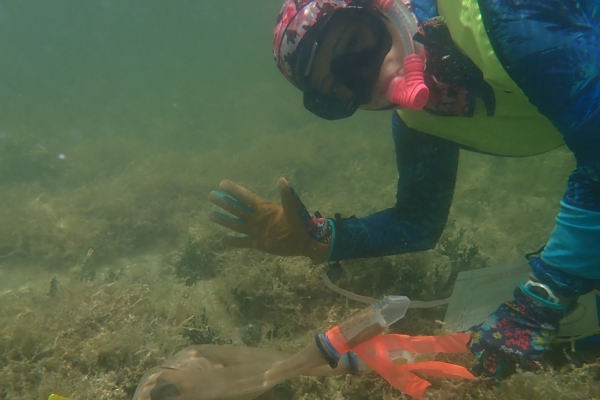
In a comment published in Nature Climate Change, Mark Bradford, the E.H. Harriman Professor of Soils and Ecosystem Ecology, and Yale School of the Environment research scientists Sara Kuebbing and Alexander Polussa ’25 PhD, together with colleagues Emily Oldfield ’05, ’11 MESc, ’19 PhD, of Environmental Defense Fund (EDF) and Jonathan Sanderman of the Woodwell Climate Research Center, argue that the scientific evidence supporting soil carbon’s role in mitigating climate change remains too weak to meet the standards required for policy and carbon markets.
>> Read the Full Article

Andia Chaves-Fonnegra, Ph.D., an associate professor of biology at Florida Atlantic University’s Harbor Branch Oceanographic Institute and Harriet L. Wilkes Honors College, has been awarded a five-year, $720,446 grant from the United States EPA to support a pioneering project aimed at restoring sponge populations in Florida Bay through a genetics-based approach.
>> Read the Full Article

 ENN
Environmental News Network -- Know Your Environment
ENN
Environmental News Network -- Know Your Environment